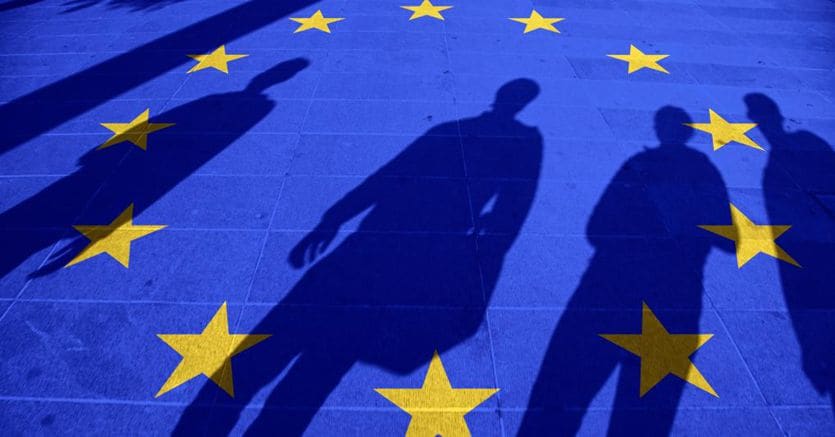Integrated strategies, alliances and funds: new opportunities for lands of cohesion

With the 21-27 programming period, the new European Union (EU) Cohesion Policy includes five Policy Objectives (OP). Among these, Goal 5 “Europe closer to citizens” promises to be particularly interesting and innovative, and aims to promote sustainable and integrated development of different types of territories, by activating local development initiatives.
The reasons behind this aim lie in the increasing attention paid by European institutions to the characteristics of places and the needs of local communities. Indeed, unlike the first four operations, which seem to be “objectively oriented”, OP5 is clearly cross-sectional and logical in nature. However, the Commission recognizes the importance of implementing investment strategies targeting ‘real geographic areas’ – eg functional urban areas, metropolitan areas, urban-rural interface, etc. – that is, those lands on which people move, work and live, regardless of administrative borders. Inspired by the place-based approach outlined by Fabrizio Barca in the report of the same name, the EU thus aims to provide local regional systems with the resources and tools to address the complex challenges of development through initiatives identified in coordination with various stakeholders. In fact, according to the Commission’s intentions, the participation of local actors in defining expenditure strategies and policies is a prerequisite for defining truly integrated and sustainable regional development strategies.
In this sense, defining a clear territorial objective is not merely a “technical” question, but requires identification of development challenges and opportunities, and thus corresponds to the real needs of local contexts. This procedure requires the use of innovative tools capable of breaking free from traditional administrative boundaries. Therefore, each Member State is required to allocate at least 8% of the ERDF resources to promoting integrated regional development strategies, to be implemented through tools already active in the previous programming period – Integrated Regional Investments (ITI) and Community Led Local Development (CLLD) – but also through tools developed for this purpose by the States themselves. It is important to underline how, in Operational Policy V, the Commission recognizes the importance of promoting a new emergence of small and medium-sized cities and using functional approaches as key factors. This would strengthen links between urban and rural areas, while leaving room for regional cooperation experiences on a case-by-case basis. To this we should add that in Italy PNRR lends itself to activating interesting synergies with 21-27 programming, favoring the possible implementation of integrated multi-fund strategies in favor of the regions.
In conclusion, OP5 provides important support for the development of integrated development strategies that are developed and implemented by local communities grouped according to functional logic. These regional strategies should provide these societies with the opportunity to increase their institutional and planning capacity, and thus, to give life to actions aimed at interacting with the great challenges of our time, from green and digital transformations to climate change and energy security. The large and diverse set of available resources must ensure the activation of multidimensional interventions, which will be implemented with the active participation of local actors in close synergy with individual regions, which often play the role of exploring regional potentials and providing technical support at the stage of implementing strategies.
This article discusses the contents of the EU Talks, a format proposed by Il Sole 24 Ore together with CNR ISSIRFA to discuss European Cohesion and Structural Finance Policy on Instagram and its role in Italy’s development policies. On the eighth and final date that took place on July 17 (which can be retrieved online On the Instagram page of the sun) The fourth objective of the Cohesion Policy Partnership Agreement 2021-2027 is discussed: a more social Europe. CNR ISSIRFA, together with Osservatorio Balcani-Caucaso, is a partner at Il Sole 24 Ore in the Work for Future project, funded by the European Commission







